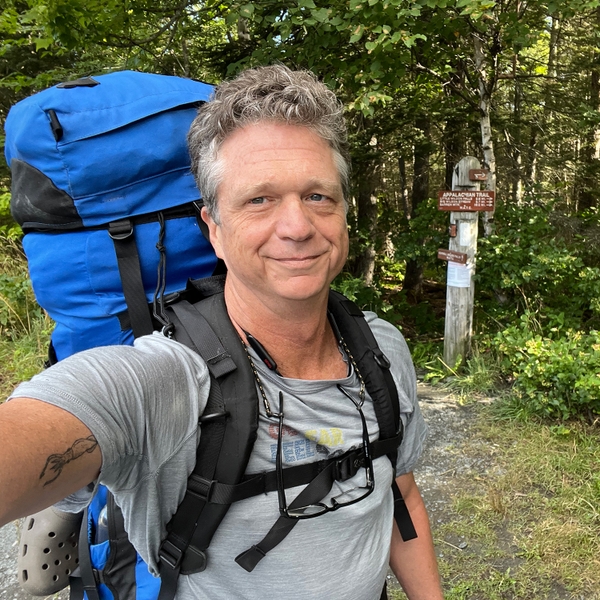How a Grueling Backpacking Trip Helped Me Stop Drinking
As part of a long struggle with alcoholism, I decided to jump-start my recovery with a serious physical challenge: hiking 100 miles of the Appalachian Trail
New perk: Easily find new routes and hidden gems, upcoming running events, and more near you. Your weekly Local Running Newsletter has everything you need to lace up! .
A lot of people got divorced during the COVID-19 years, and a lot of people fell deep into their addictions. Being an overachiever of sorts, I did both.
As the pandemic worked its way through the U.S. in the first six months of 2020, my three adult daughters, one of their boyfriends, my niece, and my son, who was a high school senior, were all living with me and my wife, Lisa, at our home in Camden, Maine. We sewed masks, worked out in the basement, cooked elaborate meals that sometimes took all day, baked better sourdough bread than 95 percent of you, played Scrabble and Boggle, and got into massive arguments during episodes of Jeopardy! As we stayed safely hidden away in mid-coast Maine, it was a never-ending summer-camp-cum-house-party.
Perhaps inspired by this atmosphere, we also drank. Some of us more than others—well, me mostly, and way more. I drank fancy drinks in the evening with my kids, and I also drank alone in the afternoons from a bottle hidden in the garage. The pandemic was the perfect excuse for increasing the everyday drinking I was already doing.
Lisa would occasionally suggest that I take a break, especially after catching me downing a slug of gin or smelling like alcohol in the early afternoon. I, however, wasn’t worried. I didn’t drink in the morning. I was fine. More important, to my way of thinking, I still had a choice about whether to drink or not.
But as the months went by and my own private party continued unabated, that first gulp of the day occurred ever earlier. By June, I was drinking before noon, and even I knew I had to do something. It wasn’t uncontrollable, I told myself. I just needed to stop for a while, and I decided to do it with help from an outdoor adventure. Setting an impossible physical task, getting in shape, and then achieving it—this was how I had operated for decades.








